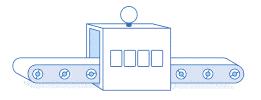Cleaning Procedure for Optics
The general guideline for cleaning optics is “if it’s not dirty, don’t clean it”. Handling optics increases their chances of getting dirty or damaged, so
The general guideline for cleaning optics is “if it’s not dirty, don’t clean it”. Handling optics increases their chances of getting dirty or damaged, so

One of the questions we frequently get at Sunex is some variation of, “Can I modify a standard lens, and what does this entail?” The
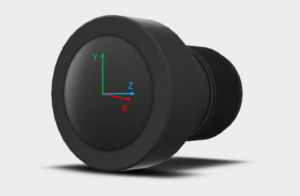
A typical lens assembly consists of several lens elements inside a cylindrical barrel. Due to the mechanical clearance requirement, the internal element diameters must be
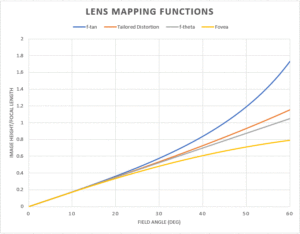
Lens distortion is a commonly used term in the general specification of lenses. The classic, textbook definition of distortion includes barrel and pincushion type distortions.
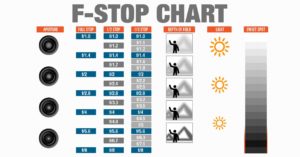
One modification that is commonly requested by our Customers is changing the F/# of a standard lens. The most common reason to stop down a
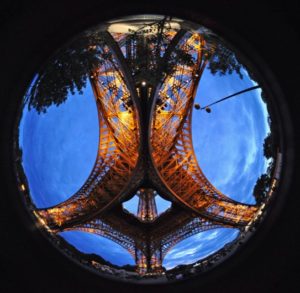
Super wide-angle lenses and fisheye lenses have pronounced barrel distortion. When viewing a flat object, off-axis features are “squeezed” significantly relative to the on-axis ones.
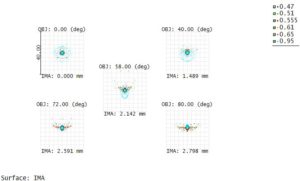
Certain applications require a broad spectral operating range and customers oftentimes inquire whether a lens can perform “well” out to their wavelength of interest. These

The imaging applications in the automotive industry go through rapid changes. Where just a couple of years ago a lens/camera just needed to survive, the
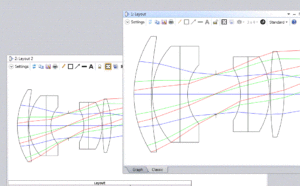
“Scaling’ refers to a method where a known lens design is proportionally enlarged or reduced geometrically to meet a different image size requirement from what

With the advent of computers and more processing power, the art of lens design has matured. But computers cannot solve the whole problem. A computer
Meet us at the AUTOMATE booth #8112
from 5/12-5/15, 2025, in Detroit.
